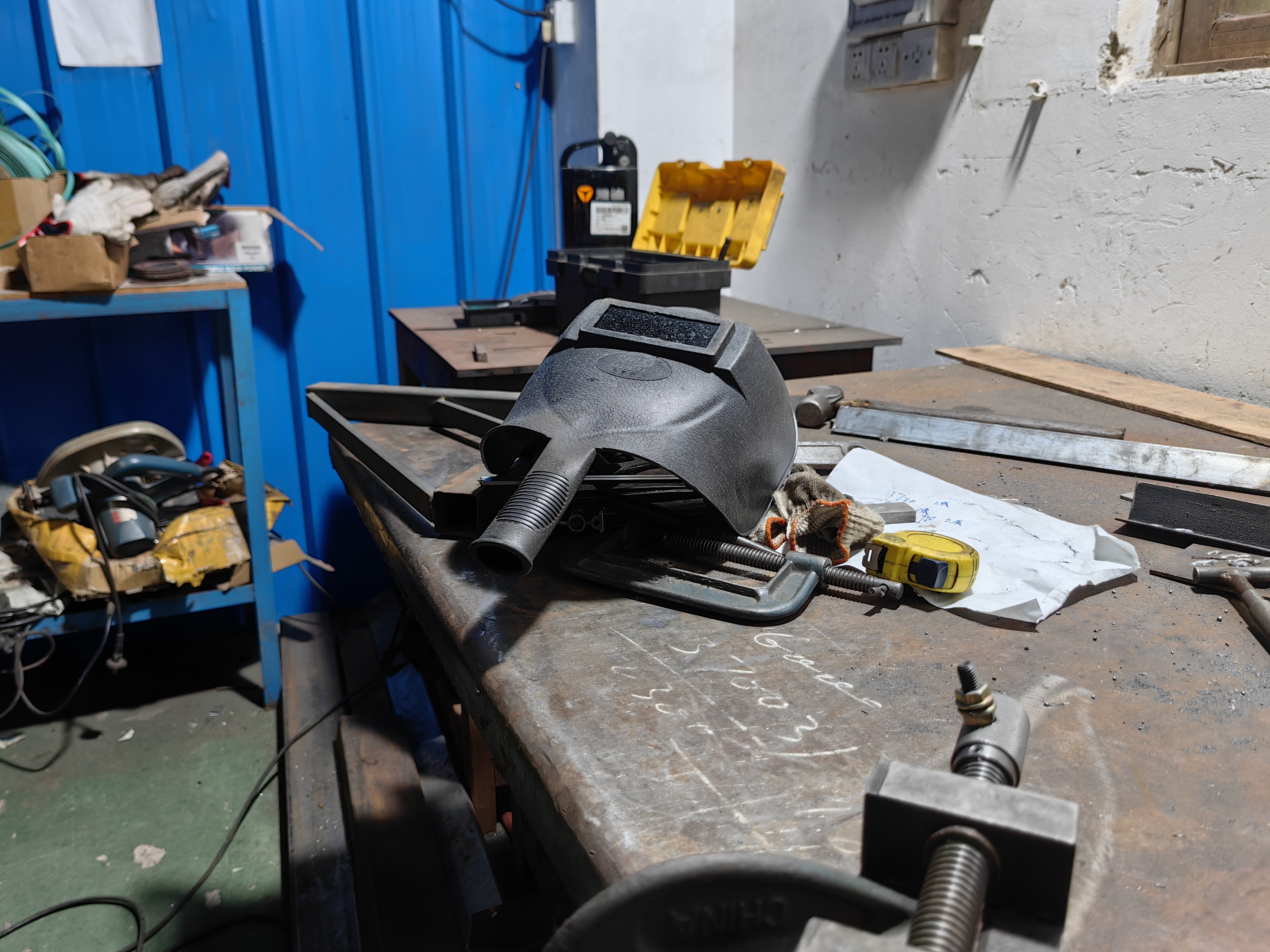
Electric welding technology is an essential part of modern manufacturing and construction. This technology enables the joining of metals through the application of heat and pressure, resulting in strong and durable bonds. Over the years, electric welding technology has continued to evolve, with new advancements enabling more efficient and precise welding.
One of the primary benefits of electric welding technology is its versatility. This technology can be used to join a wide range of metals, including steel, aluminum, and copper. It can be used in various industries, including automotive, construction, and manufacturing. Electric welding technology offers high-quality bonds, making it ideal for applications where strength and durability are critical.
Another benefit of electric welding technology is its efficiency. This technology offers faster welding speeds than traditional methods, resulting in increased productivity and reduced production costs. Electric welding machines can be programmed to perform specific tasks, resulting in consistent quality across all products. Additionally, electric welding technology requires less maintenance than traditional welding methods, resulting in less downtime and lower maintenance costs.
One of the most significant advancements in electric welding technology is the development of automated welding systems. These systems utilize robots to perform welding tasks, resulting in increased efficiency and accuracy. Automated welding systems offer numerous benefits, including reduced labor costs, increased productivity, and improved quality control. These systems are becoming increasingly popular in manufacturing industries, as they allow for fast, precise, and repeatable welding.
In addition to automation, electric welding technology has also seen advancements in the development of new welding processes. One such process is resistance welding, which uses pressure and electrical current to join metals. This process is ideal for joining thin sheets of metal and is commonly used in the automotive industry for the production of car bodies. Another process is laser welding, which utilizes a laser beam to join metals. This process offers high precision and is commonly used in the aerospace industry for the production of aircraft components.
Safety is also an essential aspect of electric welding technology. Welding can be a hazardous task, with risks including burns, eye damage, and exposure to toxic fumes. However, advancements in electric welding technology have resulted in improved safety measures. Welding machines now come equipped with safety features such as automatic shut-off systems, protective shields, and ventilation systems. These features help to reduce the risk of accidents and ensure that welders can work in a safe environment.
In conclusion, electric welding technology has come a long way since its inception, with advancements in automation and new welding processes revolutionizing the industry. The benefits of electric welding technology include its versatility, efficiency, and safety measures. As the manufacturing industry continues to grow, electric welding technology will continue to play a critical role in ensuring the production of high-quality, durable products.
